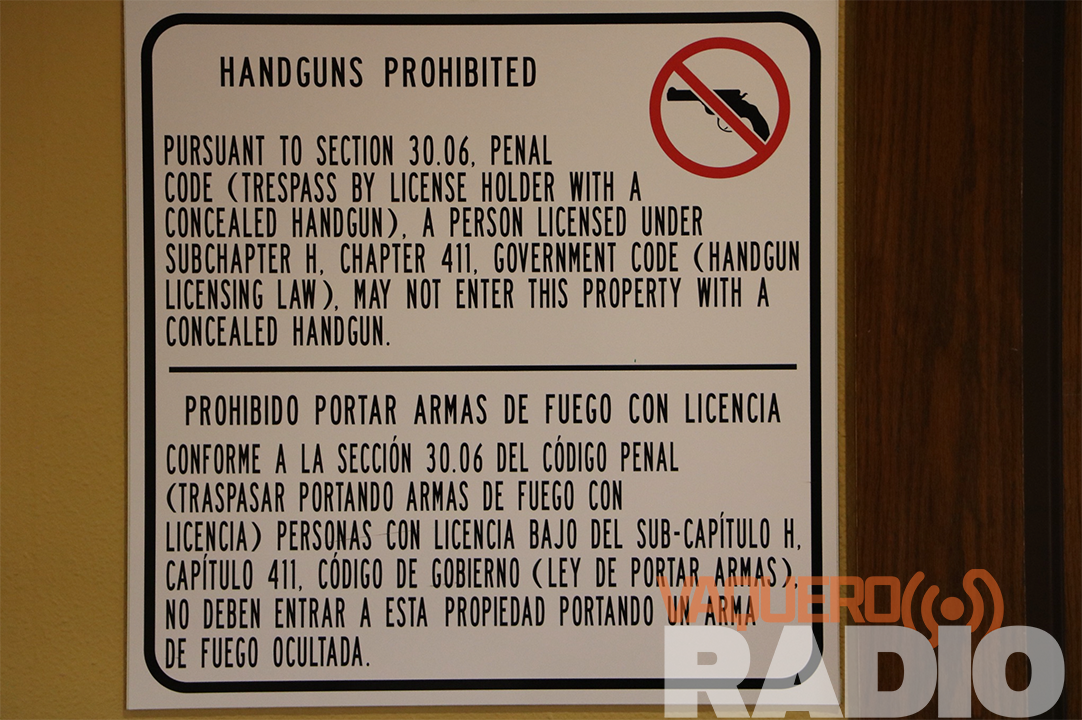

Firearms have recently become a major cause of child death in the US. This comes along with the recent shooting in Tennessee, among many other shootings in the recent past. All of this has put a spotlight on UTRGVs CRASE system and a look into the response system of UTRGV in case of shooting.
UTRGV’s Civillian Response to Active Shooter Events training has become increasingly more important due to more frequent school shootings. Patrol Sergeant with the UTRGV PD, Roel Reyes, explained the program created by ALERRT, the Advanced Law Enforcement Rapid Response Training, and how it can help save lives.
“The course that they have created that we teach to our community is known as CRASE, which is the Civilian Response to Active Shooter Events. What CRASE created, they created a pretty basic strategy, making it easy for the civilians, cause this course is mainly targeted toward civilians in the case of an active shooter event, and they came up with a basic strategy known as ADD, which stands for Avoid, Deny and Defend,”
The methodology of the ADD is simple: avoiding all contact with the shooter is imperative under CRASE. A person must find a way out of their current surroundings by identifying exit doors and routes and putting as many barriers and as much distance between them and the active shooter as possible.
If Avoid does not work, Deny is the second step. People must try to hide and remain out of sight while putting as many barriers between them and a shooter as possible. This includes locking your door, creating barriers with desks, couches and chairs, turning off the lights and avoiding any window that could alert a shooter to your position. The person should receive a text letting them know that they are safe afterward from UTRGV Police via alert system.
Defend is the last resort. At this final stage the person is encouraged to defend themselves from the shooter as best as possible with the main objective of surviving under any circumstances.
The course is offered to faculty, students and the community at large. Program Manager for the Office of Engaged Scholarship and Learning at UTRGV, Estelle De La Garza, completed the CRASE training and spoke about the experience and what the experience taught her.
“Pretty much they gave us different scenarios of what could happen, what has happened, and really walking us through always being knowledgeable about where your exits points are and different ways and things you can utilize as protection,” De La Garza said. “That’s something that I don’t think a lot of us think about, but now after the training I am considerate of that when I go to restaurants or anywhere, I need to know where my exits are,”.
Despite the training being available, many students may not know it exists. Sophomore at UTRGV for political science, Leah Cavazzos Garcia, spoke on this, and that while she trusts campus police in case of a threat wishes that CRASE and other programs were more readily available.
“I think that should be a little bit more broadcasted. Like maybe have the ability like Fridays or Saturdays, have like sessions for students to just kinda know what to do,” Garcia said. “It’s safe to assume that everyone would know what to do, but not everyone does.”
CRASE training is available to the public. For more information please visit their website.



